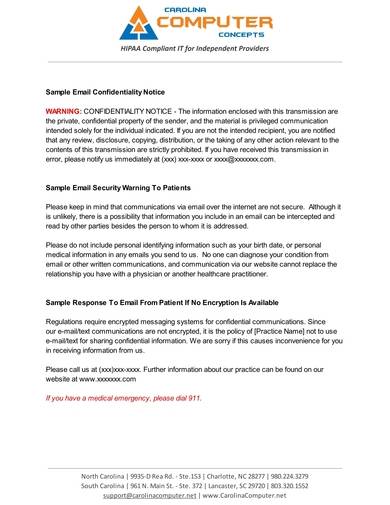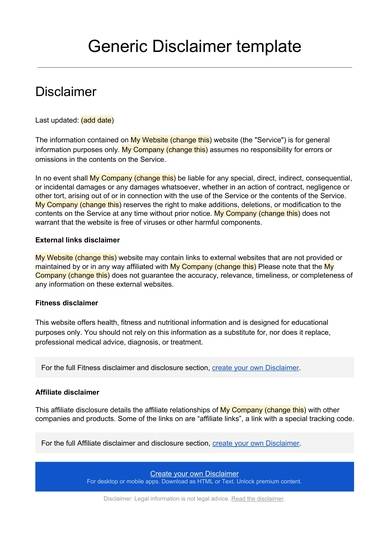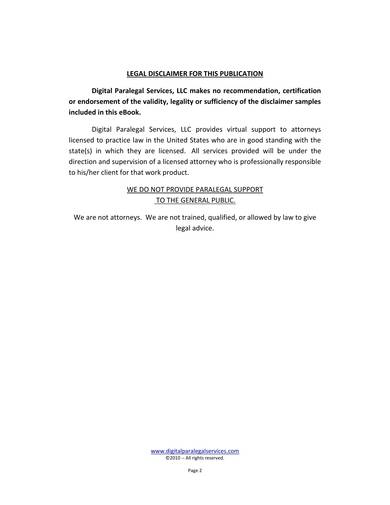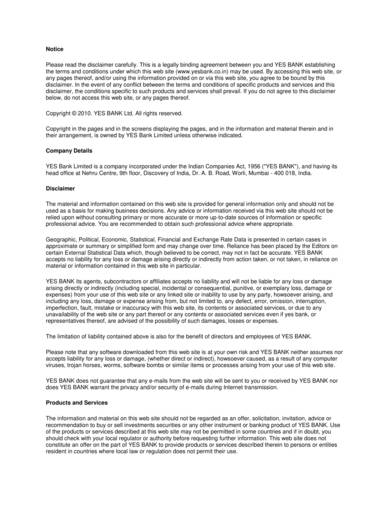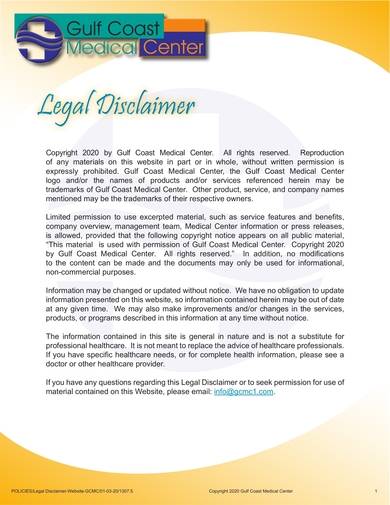It’s a rich irony when you read news about a website that provides legal information suddenly finding themselves in the middle of a lawsuit. However, as comedic as this paradox seems, this isn’t a fairy tale story; it can and does happen in real life. Despite the usefulness that general knowledge on contract agreements and other legal matters provides, it doesn’t touch too much on specifics, which isn’t always the optimal choice. So, what do you do? You set a disclaimer on your site concerning the following.
What Are Legal Information Disclaimers?
Those who frequent informative websites may often find patches of text with the subhead “disclaimer.” This is then followed by sentences like “This website does not provide legal advice as it only aims to inform.” or “The website is not responsible for any harm that occurs from using the information found on the site.” These are called website disclaimers, and their purpose is to remove liability from a party should an incident happen when using the data provided on a website. They’re most frequently utilized by websites that offer healthcare and legal information.
With that said, a legal information disclaimer keeps the hands of the website owners clean should they follow the general guidelines found in their format. Now, this may seem cynical and conniving at first, but when you realize that multiple factors go into writing these digital caution signs, you’ll come to understand their essentiality. While these textboxes serve—to an extent—as the website terms and conditions, they’re also legally binding and are enforceable by law under the right circumstance. Legal information disclaimers inform viewers that, despite the website’s best efforts, the information provided isn’t always the right decision to follow and that when it comes to urgent matters, a specialist is needed.
A Notice of Contradiction
The internet is a vast ocean of mostly free knowledge. Whether you need news updates on politics, the latest health trends, or a page full of cute cat videos, data nowadays requires merely a browser and WiFi to obtain. That’s why most people who can’t afford attorneys seek their legal advice online. But this, as you well know, has its apparent downsides like wrong information, unreliable sources, and download links full of viruses more than the Trojan Horse was full of Greeks.
Some people, for the sake of convenience, ignore these risks and flick through anyway, yet try to sue the website for “falsely advertising information.” So to prevent wrongful lawsuits, many legal information sites utilize
Despite the name’s denotative similarity to denial, website disclaimers are not designed to withhold from you your rights. Instead, these informative notations warn you of possible repercussions to blindly following everything you read online. In fact, disclaimers aren’t exclusive to legal information sites; there also exist medical website disclaimers and even health and fitness disclaimers. These examples of viewership information are, with all intents and purposes, aimed at protecting its website visitors from inflicting harm upon themselves. How is this possible you may ask? Through excellent wording, system comprehensions, and recognition of incapabilities.
Sample Legal Information Disclaimers
Despite the multitude of choices available to you, it’s always best to start with a few basic sample templates if you’re drafting a legal information disclaimer for the first time.
1. Email Confidentiality Notice Disclaimer
2. Sample Confidentiality Disclaimer
3. Generic Disclaimer Template
4. Legal Disclaimer for Publication
5. Company Website Disclaimer
6. Medical Center Legal Disclaimer
7. Legal Disclaimer Terms and Conditions of Use
8. Legal Disclaimer Notice
9. Sample Legal Disclaimer
10. Legal Disclaimer Template
How to Create a Legal Information Disclaimer
Legal information is one of the most sought after forms of information online. But, unfortunately, not everything you find on the internet is 100% accurate. That’s why websites have various methods of indicating the possible inaccuracies on their platform. Unfortunately, if a disclaimer is done improperly, it serves no purpose in court and does nothing to save you from legal fireballs flung your way. Because of this, you must master the art of creating an information disclaimer. So, here are a few suggestions and tips to guide you in writing your legal information disclaimer.
1. Employ The Right Solution
Is the information found on your site meant for the general public and is not full-on legal advice? Are you partnered with a firm whose marketing strategy is to advertise on your website, and you want to inform your viewers of that? If you feel that this is information that your client needs to know before reading your content, you should put it on your legal information disclaimer.
2. Be Clear and Concise
The purpose of a legal information document is for people to read and understand your terms and conditions—which no one will know if you overpopulate your draft with highfalutin words and walls of text. Whether your document is effective at preventing people from blaming you, it’s still your responsibility to draft compelling text. Keeping your paragraphs clear and concise encourages your viewers to read your disclaimer, which will improve their chances of understanding your point and help keep your site from getting into trouble with the one thing you provide information about; the law.
3. Practice a Professional Tone
If you want to be taken seriously by your readers, treat your legal information disclaimer as if you were drafting a notice agreement. There are apparent tips here, such as “Do not use slang terms” or “Avoid profanity at all costs.” But many people are well-versed with these suggestions and understand their significance. However, maintaining a professional tone isn’t an excuse to be bland and uninspiring. Instead, be confident in your writing and assure your website visitors that despite the small inconsistencies, their best interest is still the priority of your service.
4. Check For Loopholes
Once you have your drafts, it’s time to put on your best suit, take your shiniest briefcase, and use your lawyer’s intuition. Skim through your text and reread everything you’ve placed there while doing your best to search for possible loopholes. Doing this “fortifies your structures,” so to speak, and secures you and your viewer’s safety and satisfaction.
People who misunderstand what a legal information disclaimer does give it a bad reputation as being a corporation’s avaricious way out of a legal mess. What people fail to see, however, is that a disclaimer is placed over text to inform you that more optimal solutions to more specific problems exist. After all, it’s merely a matter of perspective; one man’s defense mechanism could be another’s call to war.
Related Posts
Sample Schedule C Form - Examples in PDF, Word
Sample Credit Release Form - 6+ Examples in Word, PDF
8+ Free Sample Medical Information Disclaimers - PDF
9+ Sample Ebook Disclaimer - PDF
9+ Sample Health and Fitness Disclaimers - PDF
FREE 5+ Contractor Disclaimer Samples in PDF
9+ Sample Website Disclaimers - PDF
Sample Motorcycle Bill of Sale - 8+ Examples in PDF, Word
10+ Sample Confidentiality Statements - PDF, Word
Sample Background Check Form - 10+ Examples in PDF, Word
9+ Sample Medical Website Terms and Conditions - PDF
Sample Photography Release Form - 10+ Examples in PDF, Word
Sample Employee Emergency Contact Form - 7+ Examples in Word ...
FREE 10+ Written Statement Samples & Templates in PDF Word
Sample Bill of Sale Form - 9+ Examples in PDF, WORD


